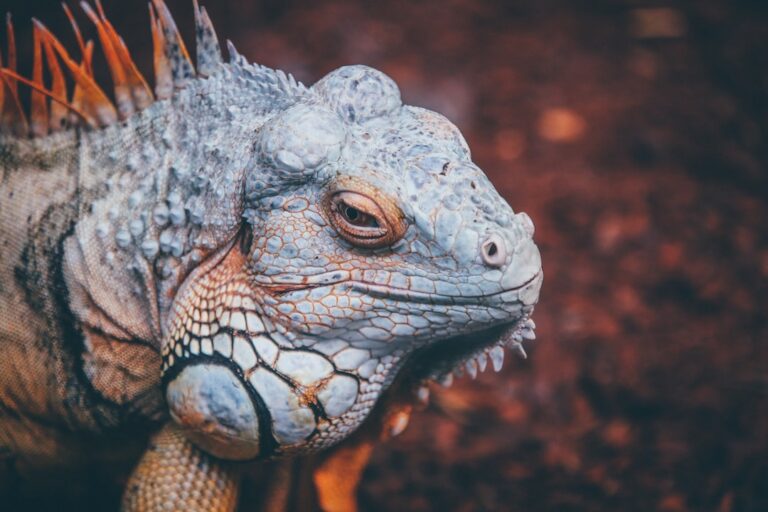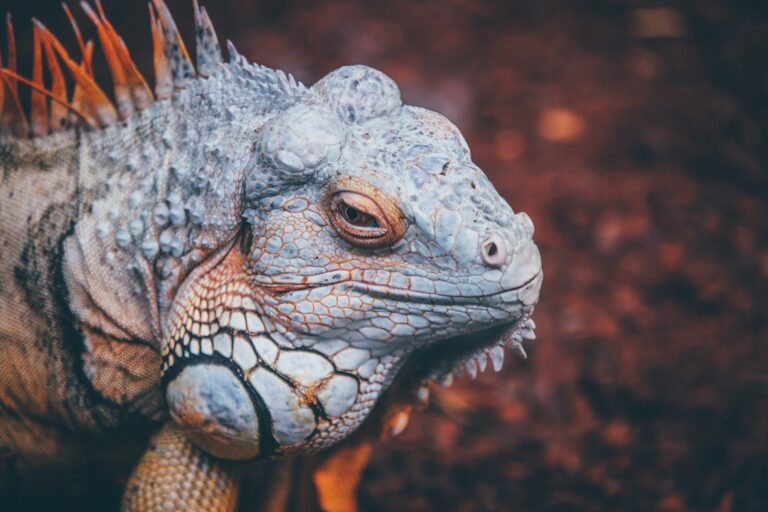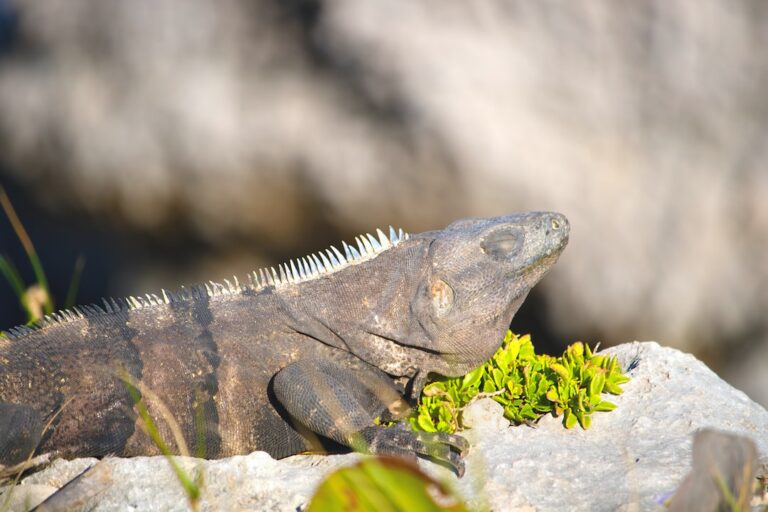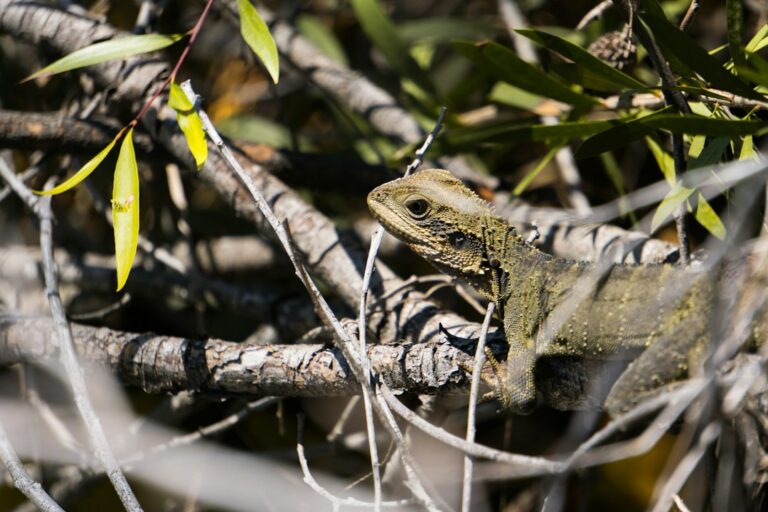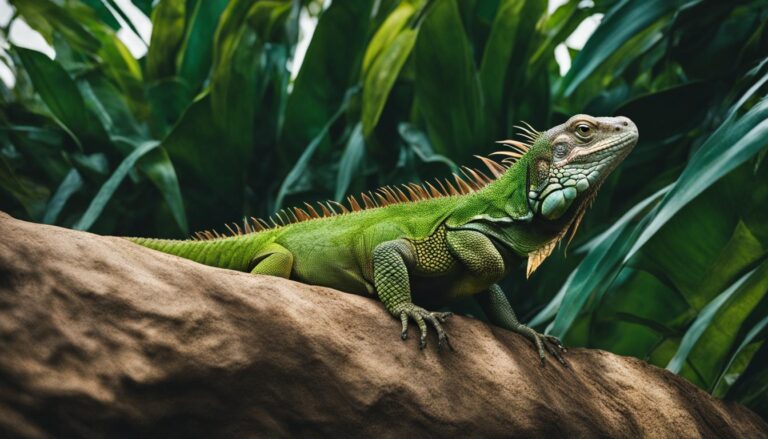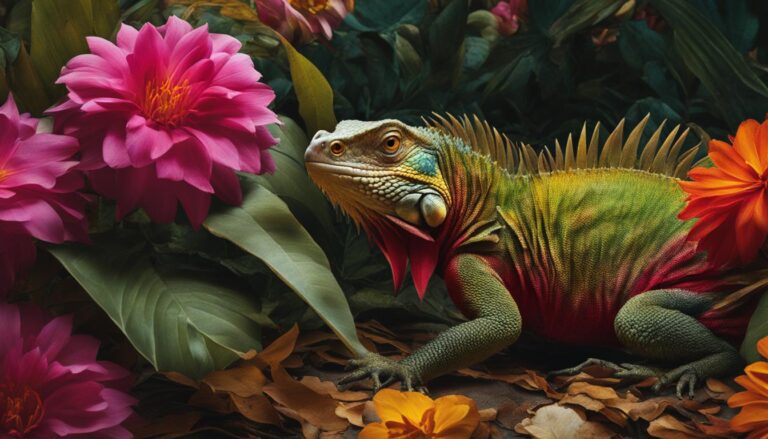Do Iguanas’ Toes Grow Back?
Iguanas are fascinating creatures known for their ability to regenerate their toes. This unique ability sets them apart from many other animals and has captivated the interest of scientists and reptile enthusiasts alike. Toe regeneration in iguanas is a natural phenomenon that allows them to regrow lost or injured toes, providing them with a remarkable ability to recover from such injuries.
Table of Contents
Understanding the Anatomy of Iguanas’ Toes
To understand how iguanas are able to regenerate their toes, it is important to first understand the anatomy of their toes. Iguanas have five toes on each foot, with each toe consisting of several bones connected by joints and surrounded by muscles and tendons. These toes play a crucial role in the iguana’s survival, as they are used for climbing, grasping, and maintaining balance.
Causes of Iguanas Losing Their Toes
There are several common reasons why iguanas may lose their toes. One of the most common causes is trauma, such as getting caught in a door or having a toe accidentally stepped on. Another cause is infection, which can occur if an iguana injures its toe and bacteria enters the wound. Additionally, poor husbandry practices, such as improper handling or housing, can lead to toe loss in iguanas.
To prevent toe loss in iguanas, it is important to provide them with a safe and appropriate environment. This includes ensuring that their enclosure is secure and free from hazards that could cause injury. Regular veterinary check-ups are also important to catch any potential issues early on and prevent them from progressing to the point of toe loss.
Factors Affecting Iguanas’ Toe Regrowth
Several factors can affect an iguana’s ability to regenerate its toes. Environmental factors, such as temperature and humidity, play a role in the regrowth process. Iguanas require specific environmental conditions to thrive, and providing them with the proper temperature and humidity levels can promote healthy toe regrowth.
Genetics also play a role in an iguana’s ability to regenerate its toes. Some individuals may have a genetic predisposition for faster or more efficient regrowth, while others may have a slower or less effective regrowth process. It is important to note that while genetics can influence the regrowth process, proper nutrition and care are still essential for successful toe regeneration.
The Regeneration Process of Iguanas’ Toes
The regeneration process of iguanas’ toes is a complex and fascinating phenomenon. When an iguana loses a toe, the surrounding tissues and cells are triggered to begin the regrowth process. Stem cells, which are undifferentiated cells capable of developing into different types of cells, play a crucial role in this process.
The first step in the regeneration process is the formation of a blastema, which is a mass of undifferentiated cells that will eventually develop into the new toe. The blastema then begins to differentiate into the various tissues and structures that make up the toe, including bones, muscles, tendons, and skin. This process can take several weeks or even months to complete.
How Long Does It Take for Iguanas’ Toes to Grow Back?
The time it takes for an iguana’s toes to fully regenerate can vary depending on several factors. On average, it can take anywhere from several weeks to several months for an iguana’s toes to grow back completely. Factors that can affect the speed of toe regrowth include the age and overall health of the iguana, as well as environmental factors such as temperature and humidity.
It is important to note that while the toe may appear fully regenerated on the surface, it may take longer for the internal structures, such as bones and muscles, to fully develop and strengthen. Therefore, it is crucial to provide proper care and nutrition during the regrowth process to ensure the new toe is healthy and fully functional.
Caring for Iguanas During Toe Regeneration
Proper care and nutrition are essential during an iguana’s toe regrowth process. It is important to provide a balanced diet that includes a variety of fruits, vegetables, and high-quality protein sources. Calcium supplementation is also crucial to support bone development during regrowth.
In addition to nutrition, it is important to monitor the healing process and provide a clean and comfortable environment for the iguana. Regular veterinary check-ups are recommended to ensure that the regrowth process is progressing as expected and to address any potential complications.
Common Complications During Iguanas’ Toe Regrowth
While toe regrowth in iguanas is generally a successful process, there can be complications that arise. One common complication is infection, which can occur if the wound is not properly cleaned and treated. Infections can delay the regrowth process and may require veterinary intervention.
Another potential complication is abnormal regrowth, where the new toe may not develop properly or may have deformities. This can be caused by genetic factors or improper care during the regrowth process. If abnormal regrowth occurs, it is important to consult with a veterinarian for proper diagnosis and treatment.
Preventing Iguanas’ Toe Loss
Preventing toe loss in iguanas starts with providing a safe and appropriate environment for them. This includes ensuring that their enclosure is secure and free from hazards that could cause injury. Regular veterinary check-ups are also important to catch any potential issues early on and prevent them from progressing to the point of toe loss.
Proper handling techniques are also crucial in preventing toe loss in iguanas. It is important to handle them gently and avoid any actions that could potentially injure their toes, such as squeezing or pulling on them. Additionally, providing a balanced diet and proper nutrition can help maintain the overall health and strength of an iguana’s toes.
Iguanas’ Toe Regeneration as a Natural Phenomenon
In conclusion, the ability of iguanas to regenerate their toes is a remarkable natural phenomenon. This unique ability allows them to recover from injuries and continue to thrive in their natural habitats. Understanding the anatomy of iguanas’ toes, the causes of toe loss, and the factors that affect regrowth can help us provide better care and support for these incredible creatures.
By providing a safe and appropriate environment, proper nutrition, and regular veterinary care, we can help ensure that iguanas have the best chance of successful toe regrowth. This natural phenomenon serves as a reminder of the incredible resilience and adaptability of these reptiles, and highlights the importance of conservation efforts to protect their habitats and ensure their survival for future generations.
If you’re curious about the regenerative abilities of reptiles, you might also be interested in learning about whether iguanas’ toes can grow back. Find out more in our related article: Do Iguanas Purr?


